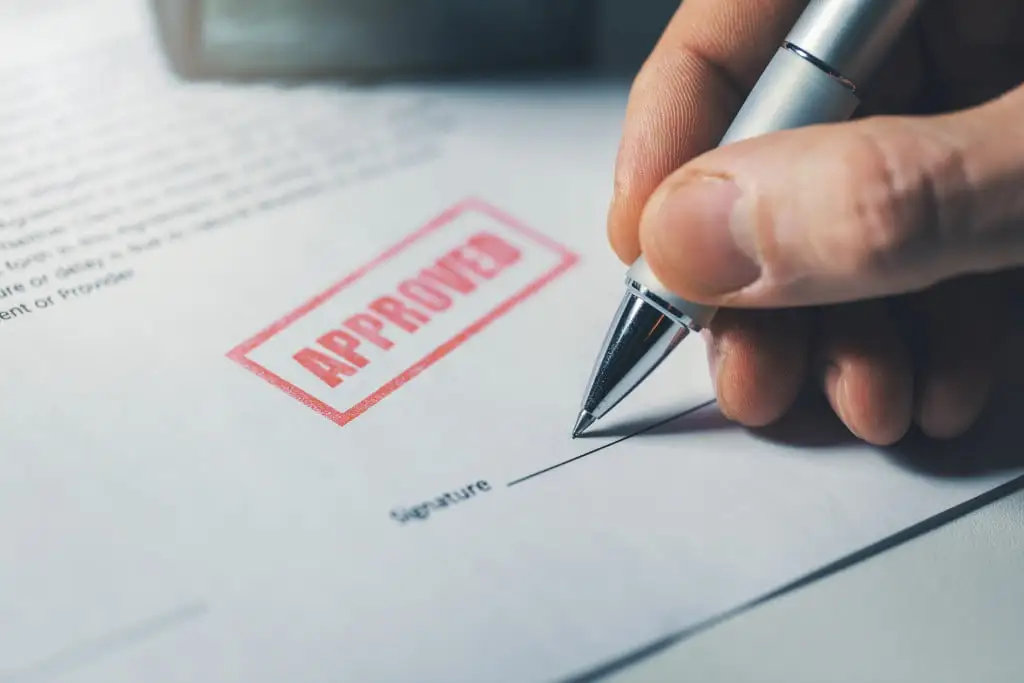
The Social Security Disability Approval Process
Social Security Disability Approval Process Overview
Note: We updated this article in September 2024 to include the latest data and policies from the Social Security Administration. In 2023, 8.5 million Americans collected more than $151 billion in Social Security disability benefits. However, the Social Security Administration (SSA) denied approximately 70% of all claims filed during the last two years. The Social Security disability approval process can also take six months or longer. However, the SSA denies most people who apply for benefits without working with an attorney.
Having an attorney file your claim paperwork can potentially reduce your average wait for your first payment to just 6 months. It also makes you nearly 3x more likely to win benefits compared to those who apply on their own. An experienced representative knows how to properly prepare your claim and what other documents you must file. Attorneys can also help you avoid mistakes in the Social Security disability approval process applicants often otherwise make.
We’ll explain how long it takes, what to expect, and potential mistakes to avoid when you apply below.
3 Steps in the Social Security Disability Approval Process
Step 1: Initial Evaluation
After you submit your disability claim, an SSA representative will evaluate it to determine if you meet the basic requirements to receive benefits. The representative will also evaluate the amount of income you currently earn on a monthly basis. If you’re still working when you apply, there’s almost no chance the SSA will award you benefits.
Besides that, there is a maximum amount of monthly income that makes it impossible for you to qualify for benefits. If you exceed that limit, then the SSA decides you are not eligible for SSD benefits. In 2025, the maximum income limit is $1,620 for most people who apply. If you happen to be blind, the income threshold goes up to $2,700 per month instead. Find out if you may qualify now.
Step 2: Disability Determination
Once you pass the basic technical requirements for SSD benefits, your application moves forward. The next step in the Social Security disability approval process involves looking at your medical history.
Your state’s Disability Determination Services (DDS) office handles this stage in your disability claim’s review. The DDS office makes the initial determination of eligibility for your claim. The DDS review team includes evaluators that may include disability specialists, such as physicians or psychologists.
Before DDS makes a determination, an examiner will decide if you already submitted all required information and documents. If the examiner cannot make a determination without additional documentation, DDS will request them from your healthcare provider(s). At this point, the DDS may request other information from you or your health care providers that they believe is necessary to evaluate your claim.
Rapid communication is essential to expedite your claim, so be sure to include current contact information as well as a fax number. Because the SSA frequently sends or requests new documents, having an easily accessible fax number is ideal.
Step 3: Consultative Examination
The DDS will request that you undergo a consultative examination if you do not submit enough and relevant medical evidence. A doctor other than your primary physician may perform this examination. However, because your doctor is most familiar with your condition, you may request that the DDS allows your physician to conduct the exam. If the DDS determines your doctor has the resources and training required for this exam, then they may approve your request.
Throughout the evaluation, the DDS will consider your health problems and how they might affect your ability to perform previous work. They will also consider your level of education and your age. The DDS considers the following evidence when deciding whether or not you are too disabled to keep working:
- Medical diagnosis provided by your physician.
- Severity of your medical condition and whether it appears in the Social Security Administration Blue Book.
- The length of time since you stopped working, specifically because of poor health.
- Most importantly, how this condition affects your daily life and prevents your ability to work and earn a living.
Other factors such as chronic pain, physical or mental limitations, and prescription medication (along with their side effects) also play a role. Specifically, the claims examiner will review all evidence to determine to how these issues either affect or limit your daily activities.
How Long Does the Social Security Disability Approval Process Usually Take?
The Disability Determination Services (DDS) evaluation process can take at least six months (sometimes longer) to reach a decision. If DDS denies your claim, don’t give up! This happens to most people the first time, especially those who file on their own. Reasons for a claim denial might include:
- Technical denials. This can mean anything from too little or no recent work history to submitting your claim with pages stapled together. Learn more about the technical reasons why you might not qualify for disability benefits.
- Missing medical documents or other required evidence that helps support your application.
- Not knowing how to describe your condition, listing just one health problem, or still working when you apply (even part time).
Get Private Claim Help and Learn if You May Qualify for Free
Filing a claim with the help of an experienced Social Security attorney can potentially increase your chance of initial approval and shorten your time to receive benefits. They know exactly how to complete the claim forms and collect all required documentation.
These skills can potentially shorten the Social Security disability approval process and maximize your backpay award. Best of all, if your claim does not result in benefits, then you owe your attorney $0.
Ready to get started? Click the button below to start your free online benefits quiz now and see if you may qualify:

